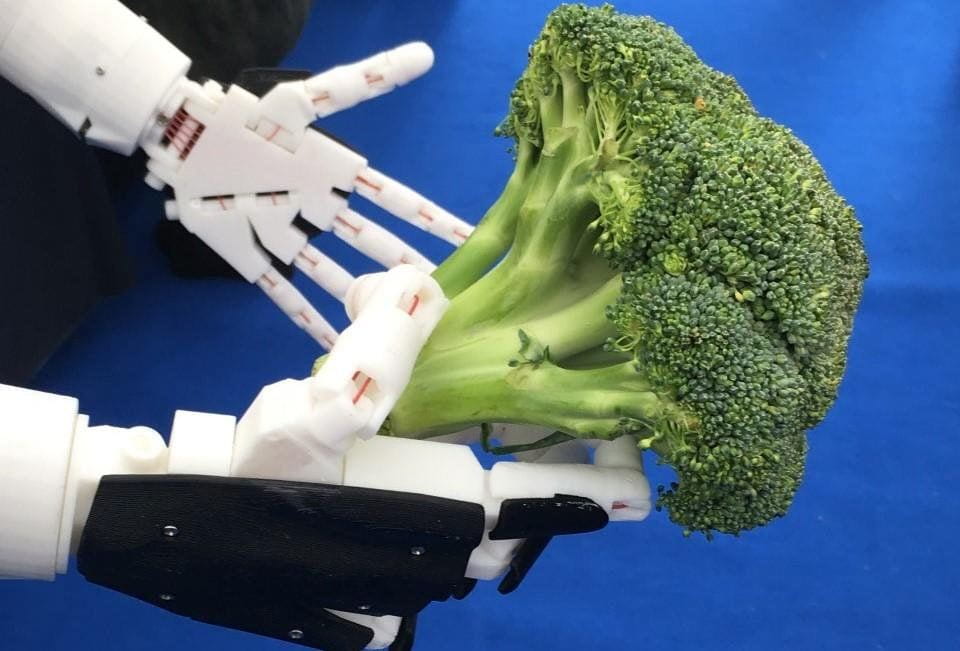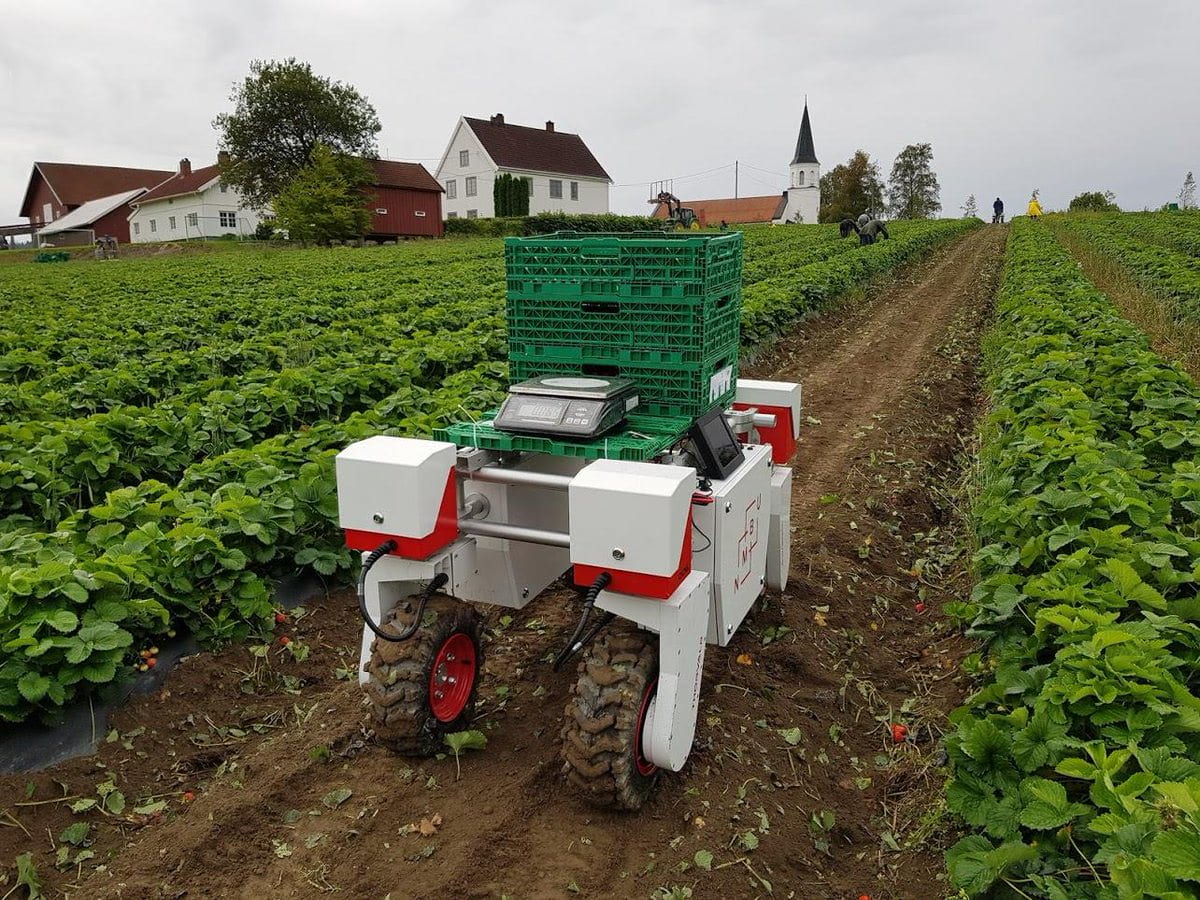The UN Food and Agriculture Organisation report, How to feed the world in 2050, sets out the challenges for the global agri-food sector in stark detail. By 2050, the world’s population will have grown by over a third, reaching 9.1 billion people, with the vast majority of that growth coming in developing nations. Food production will need to grow by and estimated 70% to feed this growing population. There will be an increased reliance on international trade to meet the food needs of different nations, bringing food security to the fore. Climate change poses another threat, with farmers already having to adjust to declining yields and a greater frequency of extreme weather events. And with estimates suggesting that agriculture contributes between 14 and 18 percent of all man-made greenhouse gas emissions, the sector faces pressure to develop more sustainable farming methods. Atop all of this, traditional seasonal labour markets – used across the UK to harvest crops – are under threat, from Covid-19 and Brexit.
It’s clear that there can be no single panacea for this multitude of challenges. However, since 2016, researchers at Lincoln’s Institute for Agri-Food Technologies (LIAT) have been exploring the benefits that robotics and autonomous systems can bring to the future of farming. LIAT combines expertise across robotics, food manufacturing, artificial intelligence, environmental sustainability and more, working alongside agricultural and computer science practitioners to develop solutions to some of farming’s thorniest issues. Supported by £18.9 million of research funding, the team has explored ways to integrate robotic technologies into complex agricultural systems and has developed frameworks to understand the implications that these technologies might have for the sector.
Research projects include:
- To harvest broccoli, the team developed a 3D vision system that uses low-cost sensors to detect both the size and location of broccoli heads in a field, generating a map of ‘harvest-ready’ heads. By testing the system in the UK and Spain, their results confirm that this low-cost technology can be used for high-speed and robust image recognition in different locations and farming conditions, making it viable for commercial crops.

- Through the RASberry project – Robotics and Autonomous Systems for Berry Production – the team built a fleet of mobile platforms that interact intelligently with human berry pickers, transporting full trays of picked fruit and replacing with empty ones and, by doing so, reducing labour costs by up to 30%. As part of the project, the team also developed a robotic fruit picker consisting of a specially designed gripper for strawberry harvesting. Whilst there is still some work to do, initial results reduced the time needed to pick each strawberry.

- To help farmers make better decisions about soil management – which can often be highly energy and resource intensive and unsustainable agricultural practice – Lincoln researchers have applied robotics to improve soil monitoring, measurement and mapping, creating new algorithms for efficient soil mapping and building sensors to detect soil moisture and compaction.
- Introducing innovative robotic platforms to the agricultural sector introduces a host of potential challenges, not least for the workforce. A crucial step in moving towards a more automated future is to understand what the new agricultural robotic ecosystem might look like and what the associated economic, ethical, legislative and social impacts might be. Researchers at Lincoln have developed new ways to frame the conditions, constraints and relationships in the agri-robotic ecosystem, enabling new levels of understanding.
These research projects have informed UK and EU agricultural policy, influencing report recommendations and shaping the projects to which funding can be applied. The Lincoln Policy Brief, Agri-Robotics: The Future of Farming?, captures these policy impacts.
Find out more
If you’re interested in the future of farming, or how the food on your plate is produced, then find out more at the Lincoln Institute for Agri-Food Technologies and Lincoln Agri-Robotics. You can also click on the links below to discover the people behind the projects.